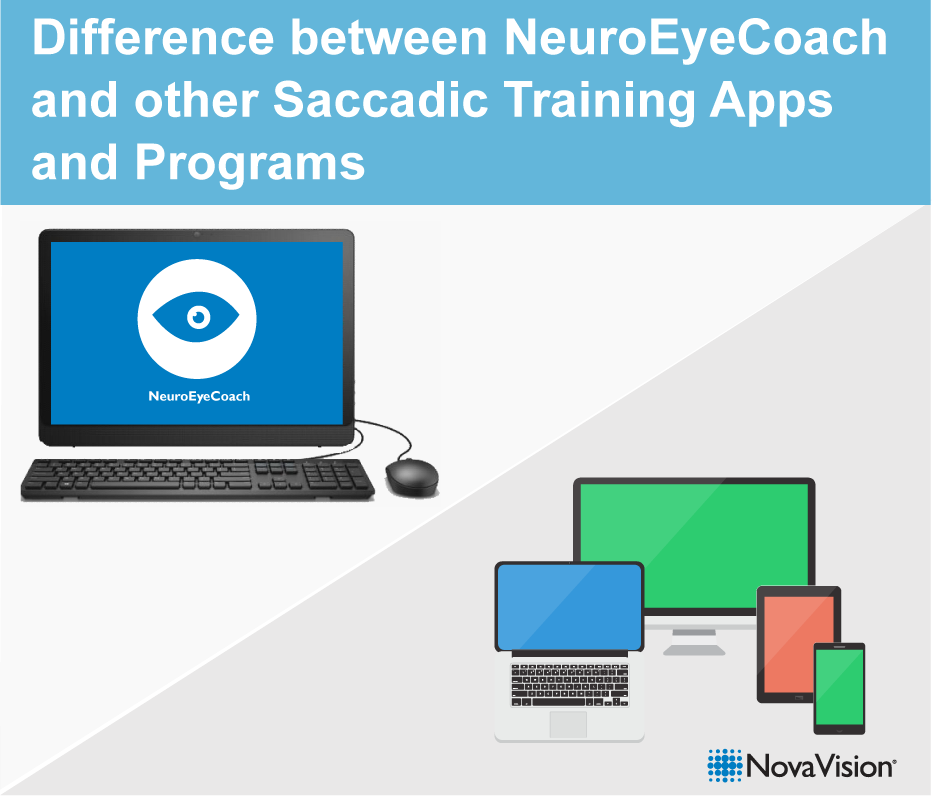The term “Cortical Blindness” describes the partial or complete loss of vision resulting from a brain lesion.
With this type of visual impairment the eyes can be fully intact, but the visual information cannot be transmitted to the brain regions in which these are processed into meaningful visual input such as brightness-contrasts, colors, objects, faces. We are “blind” to the visual information that is not transmitted.
The term “cortical” refers to the visual information processing brain region, the visual cortex.
Cortical blindness can occur for small or large portions of the visual field, depending on the size and location of the brain lesion. Often there is cortical blindness for half of the visual field, to the left or right of both eyes but it is also possible that only one quadrant or an even smaller area is affected. These types of visual field loss can be, homonymous hemianopia, homonymous quadrantanopia or a scotoma. They can be treated with NovaVision’s therapies NeuroEyeCoach and Vision Restoration Therapy (VRT).
Cortical Blindness can however also affect vision in total; this requires damage to both sides of the brain, typically in both sides of the occipital (visual) cortex. With cortical blindness in both halves of the visual field a person is really completely blind, he/she cannot consciously process visual input any longer, cannot identify or describe objects, cannot recognize faces, cannot read a text or reach for an item.
Blindsight:
It is all the more amazing to observe that under certain conditions, cortically blind persons respond to visual stimuli in their blind field, for example they avoid obstacles or reach for objects. According to their own statement they have not seen the obstacle or object, however behave as if they can see. This phenomenon was first scientifically researched by the psychologists Elizabeth Warrington and Lawrence Weiskrantz with their study subject DB. They created test series in which circles were presented at different positions in his blind visual field area and asked him to point to the circle presented. DB insisted that he did not see anything and was then asked to just guess. Big surprise: nearly always he pointed to the correct position. DB could also correctly “guess” the horizontal or vertical direction of a line, even though again he insisted that he was not able to see the lines. More “forced-choice”- test series were developed. Again and again, DB and other study subjects with cortical blindness were mostly able to correctly identify colors, movements, object positions and even the emotion shown in facial expressions, but reported that they did not see any of these. Lawrence Weiskrantz labeled this phenomenon “Blindsight“.
| Video 1 – http://bit.ly/2hFNN0I |
| In 2008 the Tamietto/Weiskrantz -team conducted the hardest test with a “blindsight” patient. The patient was totally blind and normally walked with a white stick. The team took the stick away, filled a hallway with several large obstacles and asked him to walk to the other end of the hallway. “Even though he said that he did not see anything, he immediately found his way around the obstacles on the first trial.” says Tamietto. The patient reported that he was not seeing anything and was not aware that he actively avoided objects in the way. He insisted that he walked straight through the hallway. |
| Video 2 – http://bit.ly/2hFOcjJ |
| Starting with the second minute of the Video you see that the blind subject is able to mimic the movement of light stimuli with his arm. |
The research led to the finding that visual information is not only processed in the occipital, visual, cortex, but also in another area. This additional processing pathway does not facilitate conscious vision but allows for appropriate subconscious reaction to visual stimuli in the environment.
In 1997, Arash Sahraie and Lawrence Weiskrantz had their study subjects perform “Blindsight”-tasks using functional MRI and established activation of the colliculi superiors in the midbrain. While most ganglion cells connect from the retina via the visual pathway to the visual cortex, there is a small part that connects to this additional accessory optic system in the midbrain.
The investigation of the “Blindsight“ phenomenon with the mentioned and many following scientific studies has rendered completely new insight into the functionality and plasticity of the visual system, and still opens new perspectives.
Written by: Sigrid Kenkel



Recent Comments